IBM Selectric I Diptych
During lockdown I started learning 3D modelling in Blender:
I am particularly happy with my latest model of the IBM Selectric typewriter released in 1961. It's an amazing machine and really enjoyed creating those classic curves.
Seemed like an obvious project to take this model and create an homage to Marilyn Diptych:

Permalink - Comments - Tags: art?,3D
How I will be rationalising US election day results
Assuming Biden doesn't beat his polls and win in Texas (pretty much guaranteeing a Trump loss), these are the states I'll be watching on Wednesday (with the current 538 polling average margins in brackets).
- North Carolina (Biden +2)
- Arizona (Biden +3)
- Florida (Biden +2)
- Georgia (Biden +2)
- Pennsylvania (Biden +5)
So basically Trump needs all these states to win. For the first four, a pretty minor polling error in Trump's favour gives him a second term. However, he'll also need a historically large (though certainly not unprecedented) polling error in his favour in Pennsylvania to win.
In 2016 Hillary Clinton under-performed her polls (in Pennsylvania) by 1.39% while Trump was over-performing his by 3% (a net polling error of 4.39%). So a 2016 magnitude polling error will make the election pretty close (though not re-count close) but we'll probably still get a president Biden in 2021.
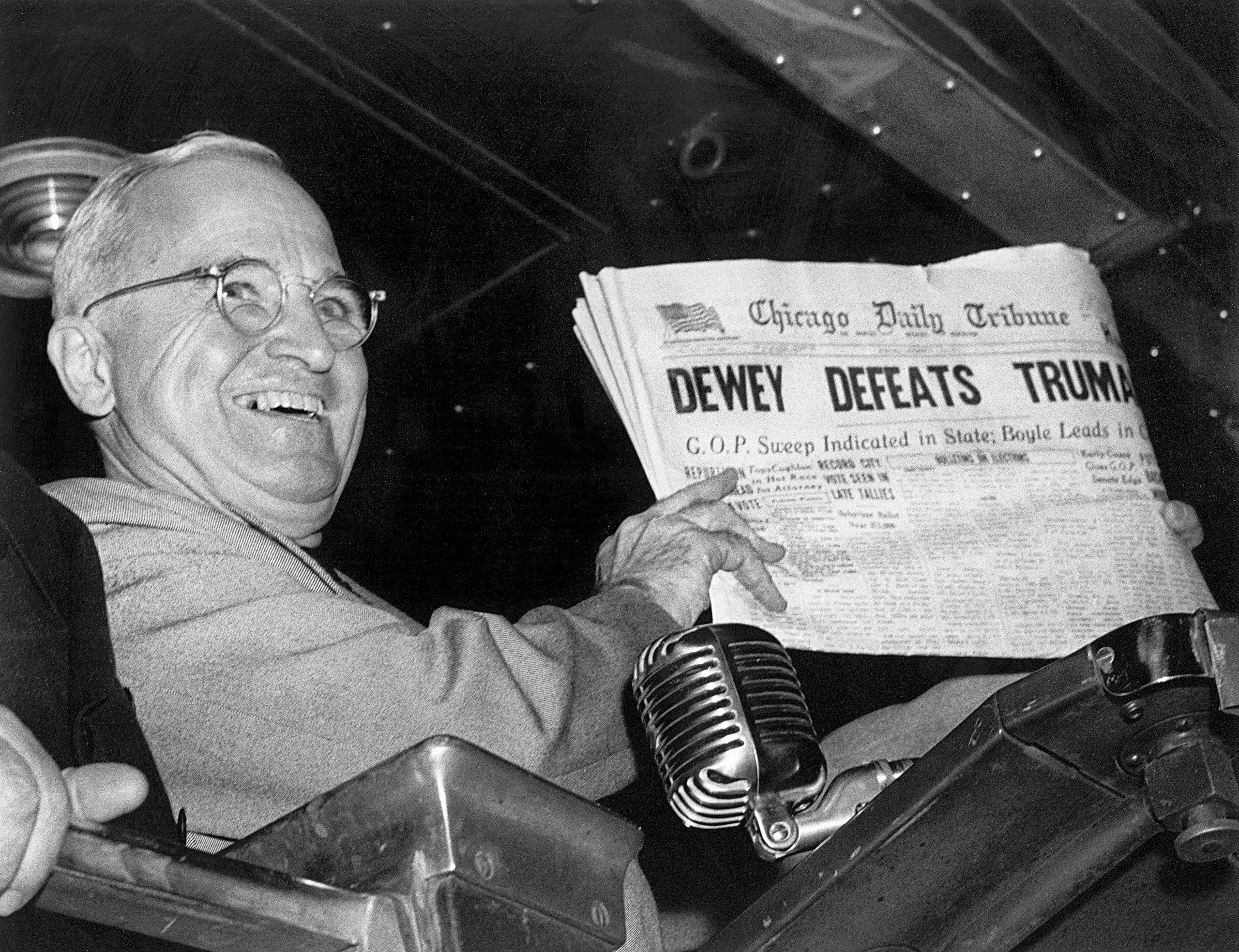
So assuming those first four states are called before Pennsylvania, I'll only start freaking out if we see Trump wins in those states with 2-3% victory margins.
Permalink - Comments - Tags: Electoral College
Twenty minutes of screensaver in 60 seconds
For those people who aren't running a recent version of MacOS and weren't able to install my Patrick O'Brian screensaver, this is a video I recorded of it (sped up to fit in 60 seconds):
Permalink - Comments - Tags: Development,Patrick O'Brian
Code sign and notarize your MacOS Screensaver to avoid Gatekeeper restrictions
The last time I built a screensaver was for the 2008 US Presidential election and back then all you had to do to distribute your binary was stick it on a web site and wait for people to download it. Doing this nowadays results, at best in platform warnings about running arbitary software downloaded from the Internet and at worst inability to run the software at all. Actually, I think this is probably pretty sensible but it meant I needed to jump through some hoops to get my MacOS Patrick O'Brian Mapping Project screensaver to run on other people's computers.
Some Googling led me to the 2019 WWDC announcement on the updates to how MacOS handles software distributed outside the app store. Unfortunately because of the way the MacOS screensaver process works, you can't distribute a native screensaver through the app store, so notarizing my app was the only way to go.
This post on the Apple developer forums actually describes the steps you need to follow, but I thought that a more explicit example might be helpful.
1. First thing you will need is a "Developer ID Application" certificate. That post I mentioned talks about using a "Developer ID Installer" certificate but that seems to be what you use if you are packaging your screensaver in an installer (which the OP isn't). Not sure if either way works, but I went with the "Developer ID Application" certificate to notarize my zip.
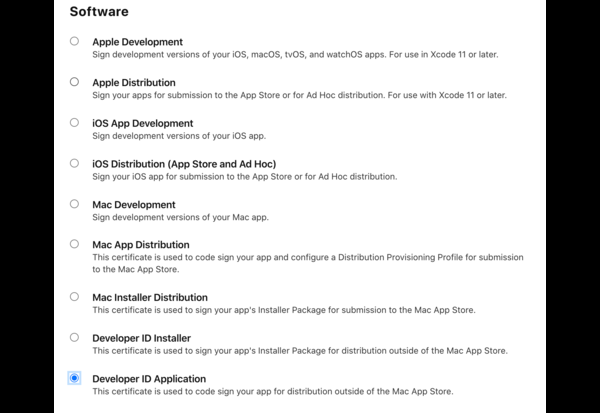
2. Once you have generated your cert (if you didn't already have it), downloaded and installed it in the KeyChain Access (by double clicking on it), you will need to codesign the screensaver binary ([your-screensaver].saver file). So something like this (the name is what will be listed in the names column in KeyChain Access once it is installed):
/usr/bin/codesign -f -o runtime --timestamp --sign "[Developer ID Application Name]" [your-screensaver].saver.
If your screen saver depends on external libraries, like SQLite for instance, you'll need to sign that as well. This post on the Apple forums explains that dependancies are signed inside out ("That is, if A depends on B, sign B before you sign A. When you sign A, the code signature encodes information about B, and changing B after the fact can break the seal on that code signature."). So for me, I needed to run codesign twice like this:
/usr/bin/codesign -f -o runtime --timestamp --sign "[Developer ID Application Name]" [your-screensaver].saver/Contents/Frameworks/SQLite.framework/Versions/A/SQLite /usr/bin/codesign -f -o runtime --timestamp --sign "[Developer ID Application Name]" [your-screensaver].saver
3. Now you have signed the .saver file, you can zip it up. So you'll now have a [your-screensaver].saver.zip file.
4. Now you need to notarize the zip file. For this you'll need an app specific password which you can generate on your Apple ID account page. Once you have that you can run the xcrun altool (N.B. xcrun lets you store and access passwords stored in the keychain if you need to put this in a script which you probably should do. Check out the help for --store-password-in-keychain-item for details on that).
/usr/bin/xcrun altool --verbose --notarize-app --primary-bundle-id "[Your application bundle ID]" -u "[Your Apple ID username]" -p "[The app specific password you generated]" -t osx -f [your-screensaver].saver.zip
5. If you are like me and your Apple ID is associated with multiple "provider accounts" (I am on several teams), you need to tell xcrun altool which provider you want to notarize with. So first you get the list of providers and then add the appropriate one to your notarize command:
/usr/bin/xcrun altool --list-providers -u "[Your Apple ID username]" -p "[The app specific password you generated]" /usr/bin/xcrun altool --verbose --notarize-app --asc-provider [The ProviderShortname from the list of providers] --primary-bundle-id "[Your application bundle ID]" -u "[Your Apple ID username]" -p "[The app specific password you generated]" -t osx -f [your-screensaver].saver.zip
6. Ok. We are almost there (I promise). The notarization process takes a while as this tool talks to Apple servers about arcane stuff in your binary. You can check on it's progress with the following couple of commands (the first gets the history of notarization attempts and the second gives you the results for a particular RequestUUID):
xcrun altool --notarization-history 0 -u "[Your Apple ID username]" -p "[The app specific password you generated]" --asc-provider [The ProviderShortname from the list of providers] xcrun altool --notarization-info [The RequestUUID in the Notarization History list] -u "[Your Apple ID username]" -p "[The app specific password you generated]" --asc-provider [The ProviderShortname from the list of providers]
7. Hopefully if that all works you'll get an email telling you the notarization was successfull (or not). If there was an error you'll need to open the link (LogFileURL) in the notarization-info output to figure out why. For me my first attempt failed because I didn't realise I needed to codesign the SQLite dependancy.
8. Now you need to "staple" the notarization ticket to the screen saver application. Weirdly, even though you notarized the zip file, you can only staple to the application binary. To do this, you can just run this command:
xcrun stapler staple [your-screensaver].saver
This will generate some output like this (if all goes well):
Processing: /Users/.../[your-screensaver].saver The staple and validate action worked!
Now you can delete the old zip (yep, the one you originally notarized) and re-zip the freshly stapled [your-screensaver].saver then distribute your [your-screensaver].saver.zip to your heart's content.
Permalink - Comments - Tags: Development
Patrick O'Brian Mapping Project Screensaver
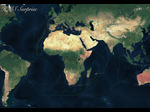
I have completed a 1.0 version of my Patrick O'Brian screensaver. This software should work (no guarantees) on MacOS 10.12 (Sierra) or later. To install, unzip and then double click Voyages.saver. You will be asked to install the screensaver for "this user" or "all users". Please see the terms of use below (N.B. Satellite imagery is provided by and copyright © MapTiler © OpenStreetMap contributors).
If you aren't interested in the implementation details and would like a copy, you can skip the rest of the post and download the screensaver here:
DownloadN.B. I am pretty sure I jumped through all the hoops I need to so that this screensaver can be installed without dire warnings, but please let me know if you aren't able to install it.
I wanted a full screen satellite map with the characters journeys (based on my latitude/longitude data) rendered on top. There are native libraries out there to do that kind of thing, but I thought it would be interesting to try and do some of this myself.
I started out hunting around for the Web Mercator Projection algorithm that GoogleMaps uses. There is a pretty good explanation of this in the Google Maps Javascript API docs. I do wonder though how that Javascript code translates to the projection formulas for x and y. I am missing something there.
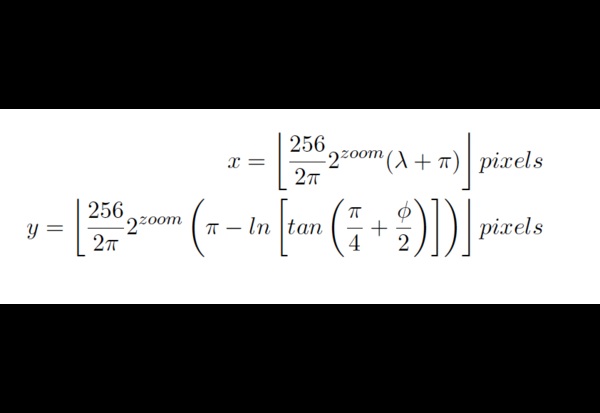
Someone had kindly ported that code to Swift so I was able to use that to get latitudes and longitudes successfully projected onto the screen:
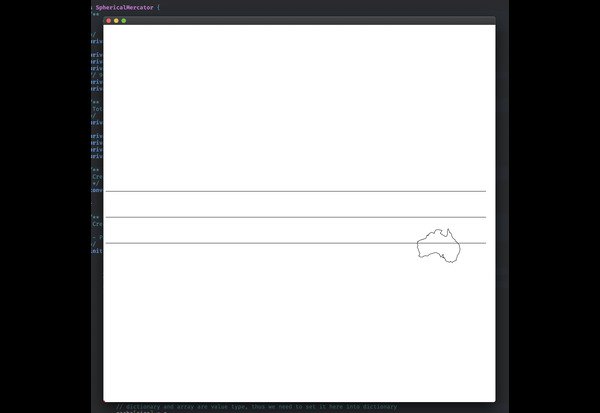
Next step was to get hold of a satellite imagery tileset (obviously based on the Mercator Projection) that was free and easy to embed in my native app (no dependancy on an Internet connection for me). Fortunately OpenMapTiles had exactly what I needed. I didn't really need the full 186Gb dataset (although if I had a spare pile of cash lying around it would be fun to play with) so I grabbed the low res tileset.
The download is basically just a SQLLite database file that you embed straight in your app. You can query a particular tile row,column and zoom level (the low res dataset has zoom levels 0-5) and extract the jpg data (the data format info is actually in the db so you can query that) into a byte buffer that you can pass stright into NSImage. Apart from some teething problems with the screensaver binary, this worked pretty well and I was able to get tiles rendering onscreen pretty quickly:
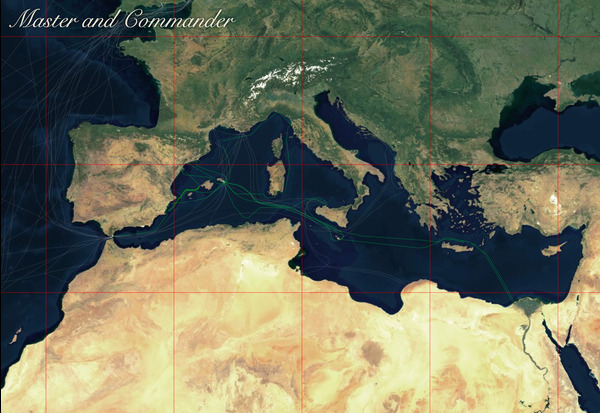
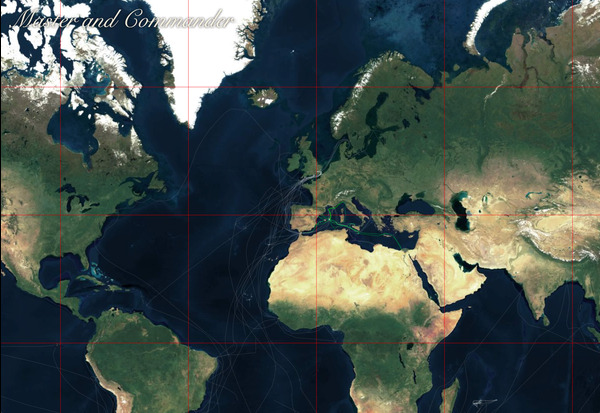
It's not particularly performant and I'm sure I could improve the animation by using GL or Metal directly, but I think it is good enough to warrant moving on to something new.
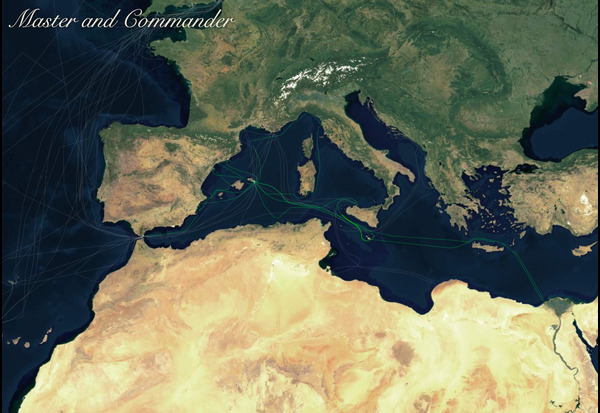
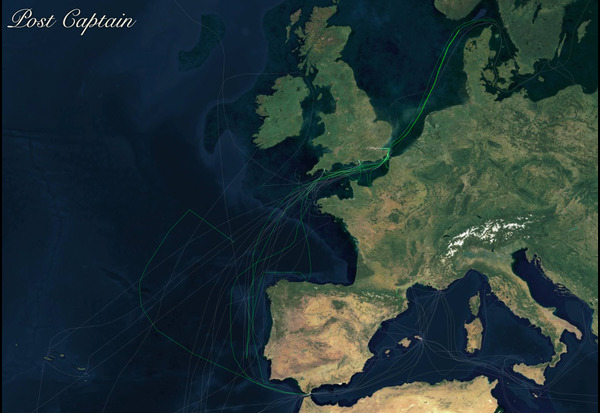
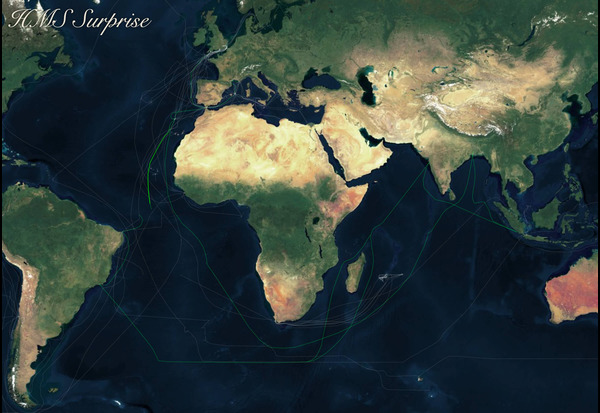
Copyright (c) 2020 Tom Horn. All rights reserved. Redistribution and use in source and binary forms, with or without modification, are permitted provided that the following conditions are met: 1. Redistributions of source code must retain the above copyright notice, this list of conditions and the following disclaimer. 2. Redistributions in binary form must reproduce the above copyright notice, this list of conditions and the following disclaimer in the documentation and/or other materials provided with the distribution. 3. Redistributions in any form must be accompanied by information on how to obtain complete source code for the DB software and any accompanying software that uses the DB software. The source code must either be included in the distribution or be available for no more than the cost of distribution plus a nominal fee, and must be freely redistributable under reasonable conditions. For an executable file, complete source code means the source code for all modules it contains. It does not include source code for modules or files that typically accompany the major components of the operating system on which the executable file runs. THIS SOFTWARE IS PROVIDED BY TOM HORN ``AS IS'' AND ANY EXPRESS OR IMPLIED WARRANTIES, INCLUDING, BUT NOT LIMITED TO, THE IMPLIED WARRANTIES OF MERCHANTABILITY, FITNESS FOR A PARTICULAR PURPOSE, OR NON-INFRINGEMENT, ARE DISCLAIMED. IN NO EVENT SHALL TOM HORN BE LIABLE FOR ANY DIRECT, INDIRECT, INCIDENTAL, SPECIAL, EXEMPLARY, OR CONSEQUENTIAL DAMAGES (INCLUDING, BUT NOT LIMITED TO, PROCUREMENT OF SUBSTITUTE GOODS OR SERVICES; LOSS OF USE, DATA, OR PROFITS; OR BUSINESS INTERRUPTION) HOWEVER CAUSED AND ON ANY THEORY OF LIABILITY, WHETHER IN CONTRACT, STRICT LIABILITY, OR TORT (INCLUDING NEGLIGENCE OR OTHERWISE) ARISING IN ANY WAY OUT OF THE USE OF THIS SOFTWARE, EVEN IF ADVISED OF THE POSSIBILITY OF SUCH DAMAGE.
Permalink - Comments - Tags: Development,Patrick O'Brian
[First Page] [Prev] Showing page 2 of 40 pages [Next] [Last Page]
 Mastadon
Mastadon Feeds
Feeds Contribute
Contribute